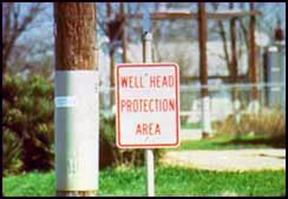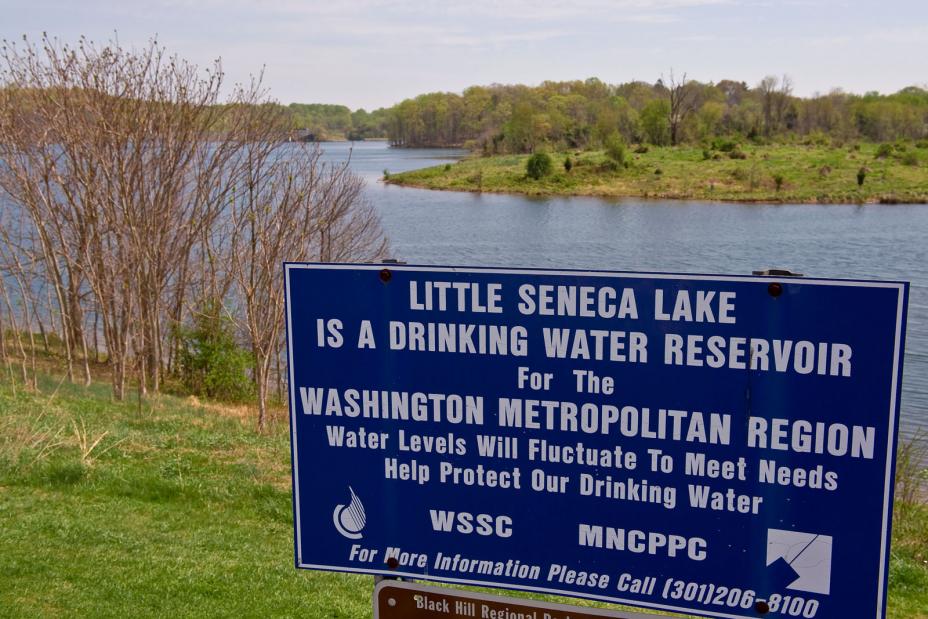What You Can Do To Protect Source Water
On this page:
- Do your part to protect drinking water
- Get a copy of the source water assessment for your public water system
- Manage your property to protect drinking water
- Participate in drinking water planning at the community level
Communities, citizen groups, and individuals can take an active role in protecting their drinking water sources from contamination. The resources below provide information about source water protection and steps people can take at the local level to protect their water. Signs can remind the community when they are entering a wellhead protection area.
Signs can remind the community when they are entering a wellhead protection area.
Do your part to protect your drinking water
Easy things you can do to protect drinking water sources
Get a copy of the source water assessment for your public water system
The 1996 Safe Drinking Water Act Amendments required states to complete source water assessments for all public water systems. A source water assessment provides information about:
- A system's drinking water sources
- Potential sources of contamination
- Susceptibility
The results of the assessments are available from states or public water systems consumer confidence reports.
Learn more about source water assessments
Manage your property to protect drinking water
Many individual homeowners are responsible for their own private wells, septic systems, lawns, and gardens. Good stewardship can help public health and the environment.
Learn more about how your septic system works and tips on proper maintenance
Participate in source water planning at the community level
You can work within your community, watershed, or neighborhood to protect your drinking water. Water is a shared resource. Many partners are involved in implementing ground water protection through wellhead protection and surface water protection through watershed management strategies. Both involve:
- Assessing the problems in the protection area
- Prioritizing efforts to address those problems
- Implementing management measures
Use your assessment to identify and prioritize needed actions
States have completed the first step of assessing the protection area for all public water systems. The assessment includes a:
- Delineation
- Contaminant inventory
- Susceptibility determination
If your assessment needs are more local or detailed, you can elaborate on an existing assessment report before you begin your management activities.
Work with your water utility
Water utilities are gatekeepers of public information, safety monitoring, and emergency response. They have a critical role to play in promoting source water protection, including:
- Advocating for source water protection
 Talk with your water supplier to find out what you can do to protect your drinking water supplies.
Talk with your water supplier to find out what you can do to protect your drinking water supplies. - Providing annual drinking water quality reports (consumer confidence reports)
- Creating opportunities for public participation, such as water board meetings and public forums
- Educating consumers
- Identifying potential sources of contamination
- Identifying and organizing other stakeholders
- Working directly with owners and managers of potential sources of pollution
Review additional resources for citizen involvement
